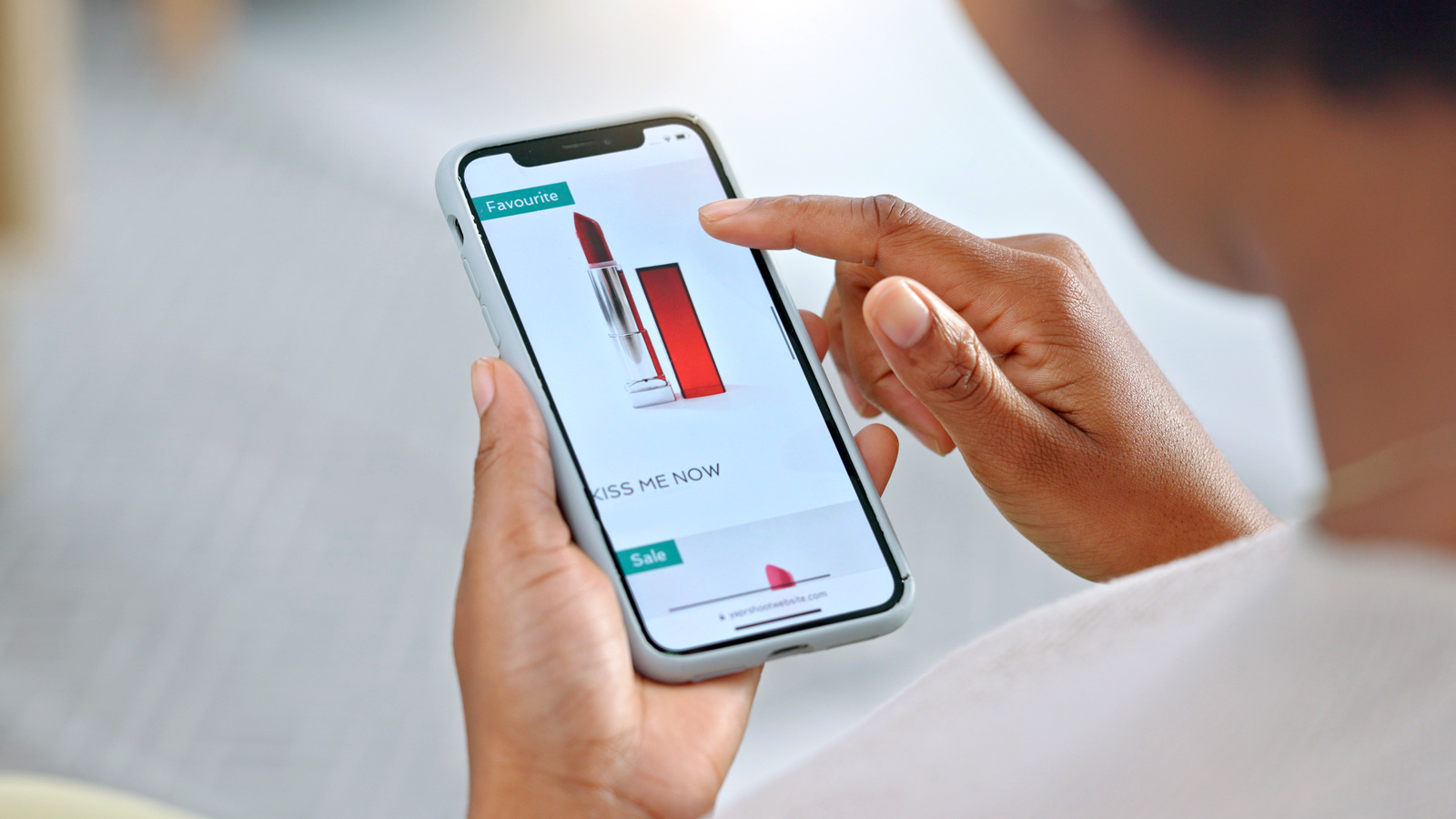Not that long ago, so-called “digital shelf” strategy was something that only a certain sort of highly specialized marketer would focus on. It typically involved highly specialized conversations about optimizing engagement across a brand’s own website/app while also encompassing strategy across e-commerce platforms that brands don’t directly control — most notably Amazon.
But in 2024, the “digital shelf” has even more weight to bear.
“As more and more brands take a hybrid approach to retail,” says Ashley Wacht, Head of CPG Product Marketing at Quad, “they’re realizing that how and where their products show up online is not just about e-commerce — because consumers’ online behaviors feed into their offline behaviors, and vice versa.”
At the same time, the various ways that brands can retail their products online keep multiplying, which means marketers must make ever-evolving tactical decisions about which channels to embrace.
To start to make sense of all the challenges surrounding the digital shelf strategy conversation right now, here are three factors marketers should keep in mind in 2024:
Marketers increasingly need to take a mobile-first approach to their digital-shelf strategy
The 2023 holiday shopping season marked an e-commerce tipping point, in that it was the first during which just over half (51.1%) of U.S. online sales came through smartphones — up from 47% in 2022 — according to Adobe Analytics Insights.
What that means is that all the traditional digital-shelf presentation considerations — including product photography, discovery, navigation, pricing and promotion — need to be mobile-optimized.
“Marketers need to be thinking in terms of what sort of information is most important to convey at a glance on a mobile screen,” says Amanda Tanner, Senior Director of Account Management at digital marketing agency Rise, a Quad company. “We’re talking about a ‘digital shelf’ that’s easy to scroll or swipe away from, so making the most of the consumer’s fleeting attention span is critical. And it’s also critical to consider how that experience is connected in their omnichannel world, because consumers are expecting a high-value, relevant and consistent omnichannel experience in their mobile, digital and offline touchpoints with brands.”
Creating a mobile-first digital shelf
The reality about today’s consumers is that they are often browsing the digital shelf and the physical (in-store) shelf in tandem — and sometimes even in unison. This means marketers must bridge the gap between their digital-shelf strategy and physical-shelf presentation.
According to 1WorldSyncs’s 2023 Consumer Product Content Benchmark Report, “Consumers take a meticulous approach in today’s digital landscape before committing to purchases, including conducting research online and in-store.” The report’s survey of 1,500 online shoppers in the U.S. and Canada found that 87% say they use their smartphones “to research a product while in-store at least some of the time, citing price comparisons (72%), customer reviews (69%) and detailed product descriptions (52%) as the information that matters most.”
That online-meets-offline reality can be seen in the e-commerce site and package design for Heckova!, a new line of premium raw freeze-dried dog food and treats. Favorite Child, the design arm of creative agency Periscope, a Quad company, worked with the challenger brand to create a playful visual identity system and product-packaging template that stands out across digital and IRL retail touchpoints. For instance, the same dog that stars in a fun animation on the brand’s landing page — visitors can drag a piece of kibble toward his face to “feed” him — also appears on the eye-catching Heckova! Chonky Chicken bag.
“Heckova’s package design pops beautifully on a physical shelf in a brick-and-mortar store, but it also ‘reads’ exceptionally well on the digital shelf,” observes Erik Spooner, Marketing Creative Director at Quad. “This is package design that breaks through — and conveys the brand’s sensibility — even in a thumbnail image on an app or in a social media context.”
Marketers must take a data-driven approach to social commerce
A successful digital shelf strategy today includes leveraging social commerce to reach consumers. In fact, 43% of consumers say they browse social media to find goods and services, according to a joint PYMNTS-AWS survey released in November 2023. The survey findings also demonstrate remarkably high conversion rates. “Among the 77 million consumers who use Facebook for product browsing and reviews, 24% end up making a purchase based on their findings, while 21% of the 57 million consumers who use Instagram to browse products and reviews end up making purchases from their findings,” according to the study, while “TikTok, coming in third, has 39 million consumers who browse products and reviews, with 17% of them purchasing what they find.”
That sort of momentum is why Meta debuted a new e-commerce feature in November making it easier for Facebook and Instagram users to make Amazon purchases directly through promotions in their feed without leaving either app. And its why TikTok announced in January that it’s testing a feature that would make all posts on the short-form video social media app shoppable.
See also: Rise’s Four Pillars of Social Commerce Success
In enabling users to make direct purchases within, as opposed to navigating away from, social media platforms, social commerce may be the best impulse-shopping driver that e-commerce retailers have. It eliminates barriers to purchase through an all-inclusive experience, with research, discovery and checkout happening all in one space.
That said, “It’s important to make sure that marketers don’t forget about maintaining an audience-first approach with their social shopping strategy,” Rise’s Tanner notes. “It can be tempting to optimize platform-first, rather than thinking about the omnichannel experience that the user is engaging with. Ensuring you take this approach ultimately will impact your social commerce approach by platform, including paid and earned messaging, as well as your media-optimization strategy and investment on those platforms.”
For a sense of the scale of opportunity in the U.S., social shopping is projected to reach a market value of $100 billion by 2025, according to data from MarketScale.
And for a glimpse of what’s next, consider that livestream shopping is already a $512 billion market in China, according to data from Coresight Research, per CNBC. Notably, Chinese-Singaporean fast-fashion retailer Shein unveiled its spring-summer 2024 collection via shoppable livestreams across YouTube, Instagram, Facebook and X.
See also: Structuring Your Social Commerce Strategy for Profit & Efficiency (from Rise)
Why digital-shelf strategy is basically just omnichannel strategy
In the end, the evolving components and considerations of the digital shelf are contributing to a new, more robust omnichannel shopping experience, giving consumers what it is they truly want: a unified shopping experience. As Penny Gillespie, VP and Analyst at Gartner, told Retail TouchPoints, “Customers don’t think about channels. They just want what they want when they want it. It’s pretty simple.”
“At the end of the day, whether online or offline, the goal is the same: to disrupt the shopping experience and delight shoppers, inspiring them to consider — and buy — your brand,” says Quad’s Wacht.



